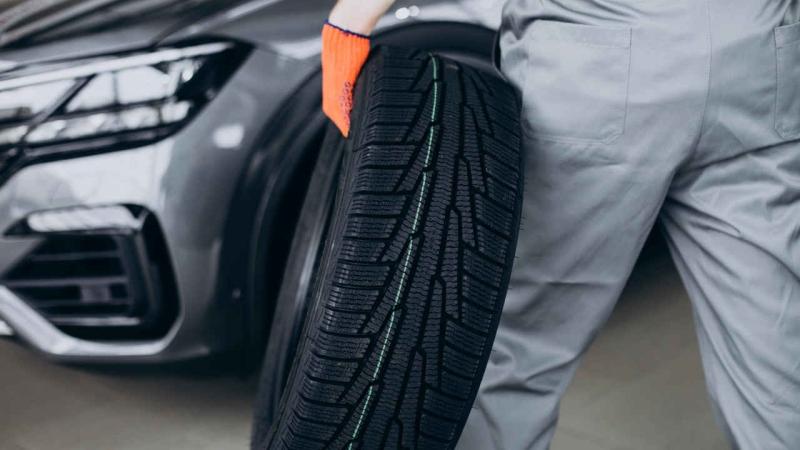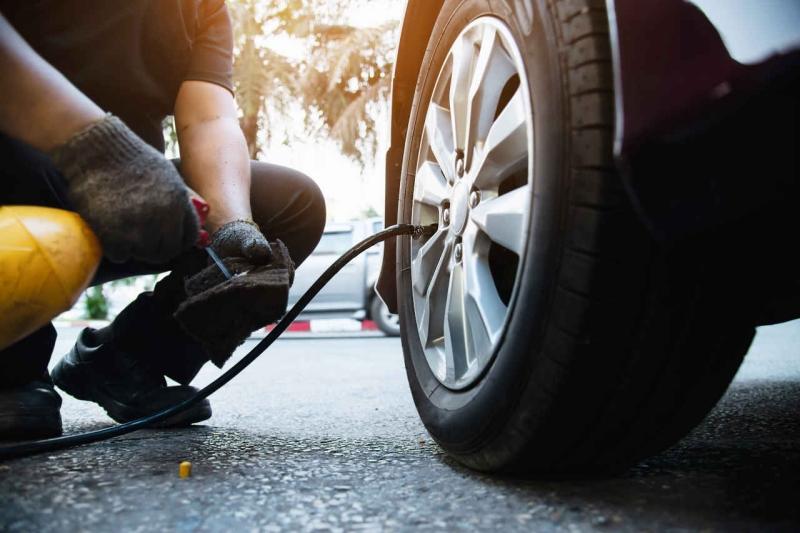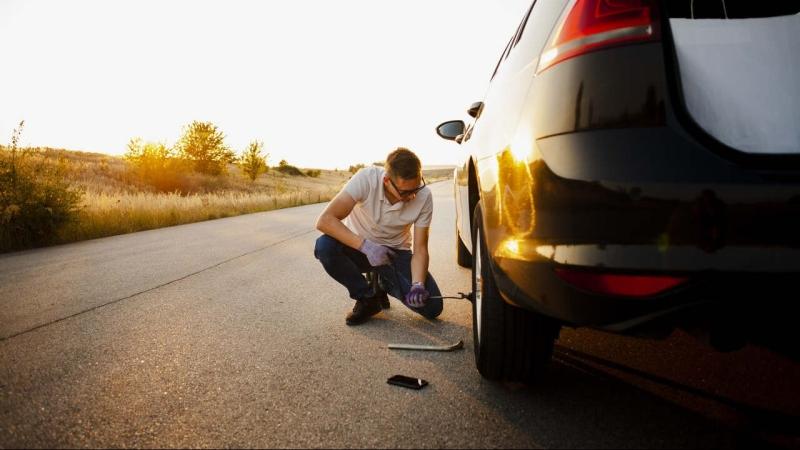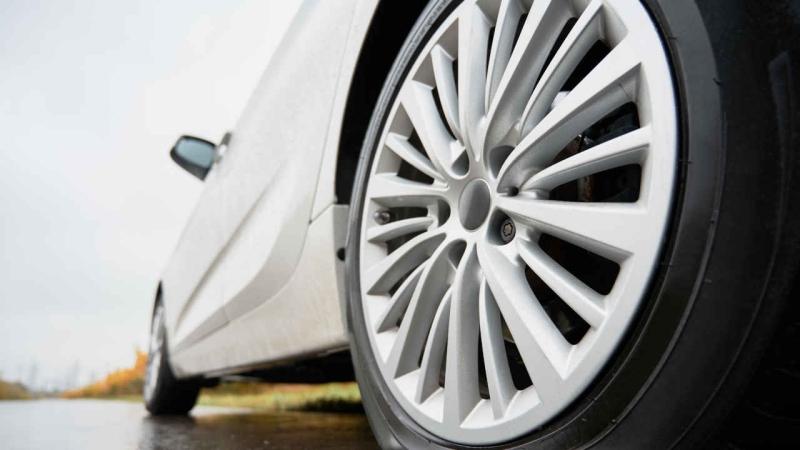Car spare tire 2025: Is it mandatory? Does overdue give a fine? New law
Staying informed about spare tire regulations is crucial for every car owner in the US. Misinformation and myths abound, but we’re here to clear up the confusion and answer your most pressing questions about spare tire laws in 2025.
Is a Spare Tire Required in Your Car?
Yes, in the US, having a spare tire in your car is a legal requirement. It’s considered an essential safety item for emergencies, allowing you to temporarily replace a damaged tire and reach a safe location for proper repair or replacement.

It’s important to note that spare tires are designed for temporary use only, and you should adhere to the manufacturer’s recommendations for speed and load limits.
Spare Tire Regulations: What the Law Says
According to the National Traffic Council (CONTRAN) Resolution 540/15, there are specific regulations regarding spare tires. These include adhering to the manufacturer’s specifications for load and speed limits, as well as guidelines for tread depth and storage.
There are exceptions to the spare tire requirement, such as for vehicles equipped with run-flat tires. These vehicles must have a tire sealant and inflation kit instead of a spare tire.

Driving Without a Spare Tire: Is It an Offense?
Yes, driving without a spare tire (unless your vehicle is exempt) is an offense in the US. You could face a serious fine of $39.05, five points deducted from your driver’s license, and even vehicle impoundment.
Expired Spare Tires: What’s the Deal?
While spare tires typically have a recommended lifespan of five years, there’s no legal requirement regarding expiration dates. However, if your spare tire’s tread depth falls below the minimum legal limit (indicated by the tread wear indicators), you could be cited for driving without the required equipment.

In such cases, the penalties mentioned earlier may apply. However, according to the Brazilian Traffic Code (CBT), your vehicle should not be towed if it’s safe to drive. If you can’t address the issue immediately, the vehicle can be released to another driver to take it to a safe location. You’ll then have 15 days to rectify the problem and avoid potential vehicle impoundment.
Stay informed about traffic laws and regulations to ensure safe and hassle-free driving.




